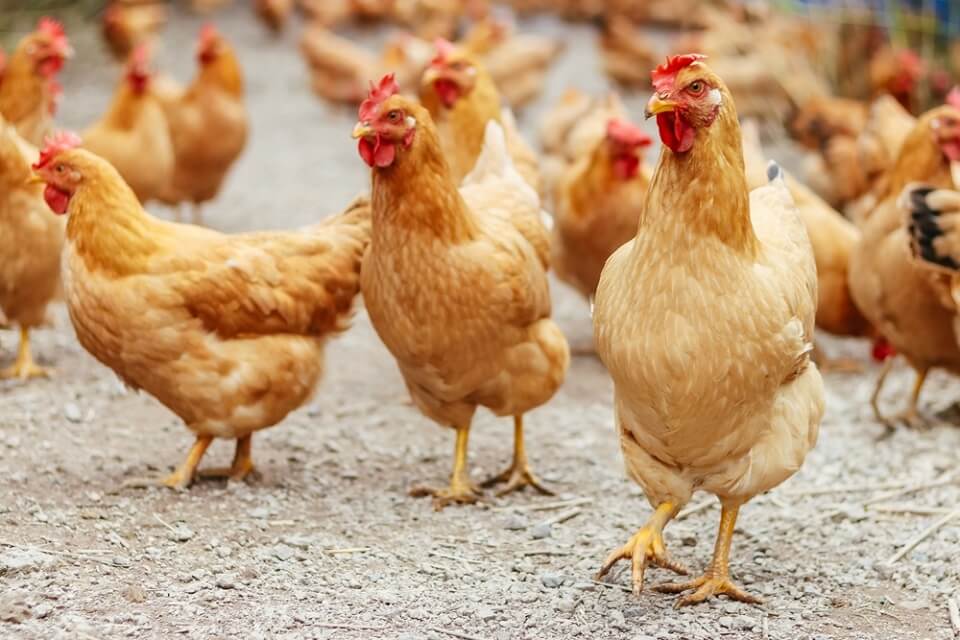
Researchers working to understand the prevalence of a virus that can severely damage the immune system of chickens have said that new strategies are needed to improve the control of the disease in the UK.
Dr Vishi Reddy from Keele University was among the researchers on a new paper, published in the journal Virology, which looked at how infectious bursal disease virus (IBDV) is circulating among British poultry farms.
IBDV is a virus that damages chickens' immune systems by weakening their ability to resist infections and respond to vaccines, so controlling it is crucial for both animal welfare and food security reasons.
The researchers took samples from 16 UK farms between 2020 and 2021, and identified that a strain of IBDV known as A3B1 is the predominant type circulating in the majority of the sampled farms (81%).
A3B1 has emerged throughout the world in recent years, adapting through unique genetic variations and spreading across Europe, Asia, and Africa. This study also shows that the majority of sampled farms exhibited co-infection with vaccine strains, underscoring the possibility of the virus adapting and changing into new forms in the field.
Poultry is a major source of dietary protein for people globally, making up 40% of total meat production as of 2021 with 133 million tonnes produced, and remained the most consumed meat in 2023. The Food and Agriculture Organization predicts meat production will rise by 50% to 180 million tons by 2050.
Poultry egg production hit 93 million tonnes in 2021 and continues to grow. In the UK alone, the poultry industry produces nearly 2 million tonnes of meat each year, contributing £3.6 billion to the economy.
Given IBDV’s impact on both the meat and egg industries, controlling IBDV is therefore key for the future stability of the poultry industry worldwide, including sustainable production.
Dr Reddy from Keele’s School of Life Sciences said: “This work underscores the need for a multifaceted approach to IBDV control, incorporating genomic surveillance, vaccine efficacy studies, and immunological assessments to understand the impacts of viral reassortment and antigenic drift on disease presentation and immune escape.
“Moreover, this study paves the way for broader analyses using whole-genome sequencing to deepen our understanding of IBDV’s evolving landscape and improve disease control strategies in poultry.”
Contact us
Andy Cain,
Media Relations Manager
+44 1782 733857
Abby Swift,
Senior Communications Officer
+44 1782 734925
Adam Blakeman,
Press Officer
+44 7775 033274
Ashleigh Williams,
Senior Internal Communications Officer
Strategic Communications and Brand news@keele.ac.uk.
